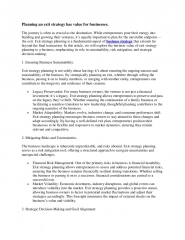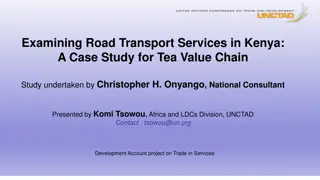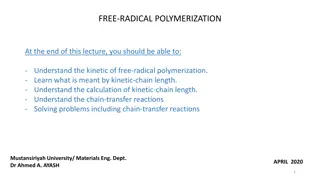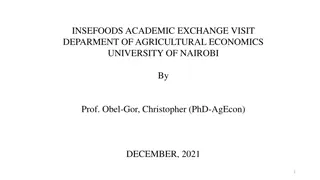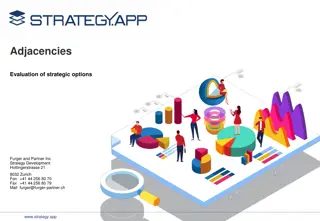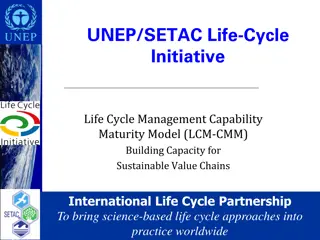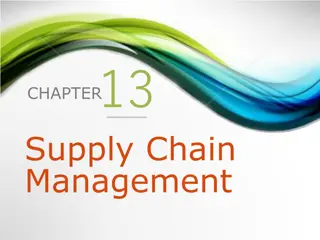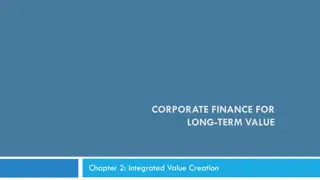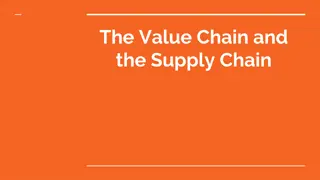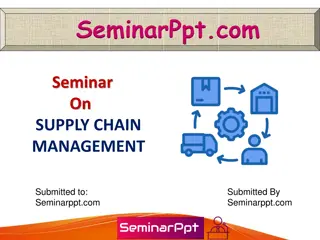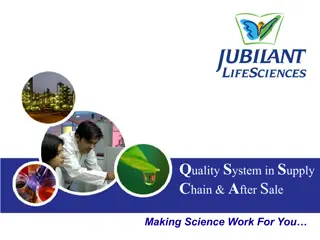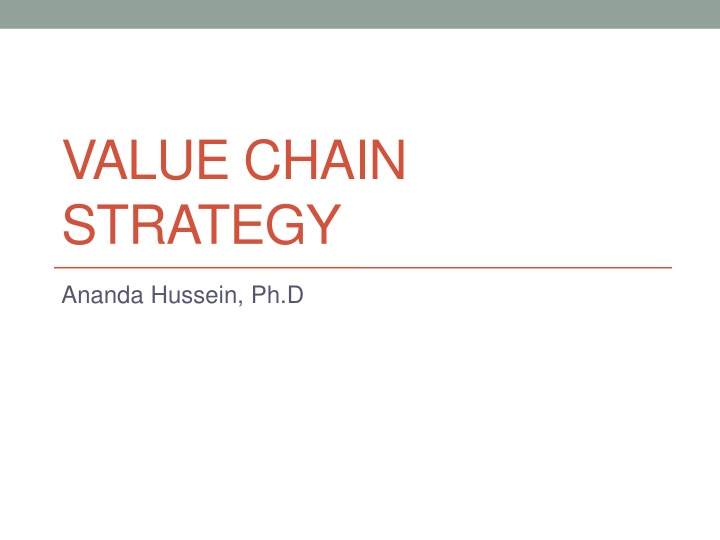
Optimizing Distribution Channels for Competitive Advantage
Explore the value chain strategy by Ananda Hussein, Ph.D., focusing on consumer and organizational products. Understand the structures of value chain in consumer and organizational products, factors favoring distribution by manufacturers, and key considerations in channel strategy selection. Delve into different types of distribution channels, intensity levels, and configurations to enhance end-user satisfaction and capitalize on market opportunities.
Download Presentation

Please find below an Image/Link to download the presentation.
The content on the website is provided AS IS for your information and personal use only. It may not be sold, licensed, or shared on other websites without obtaining consent from the author. If you encounter any issues during the download, it is possible that the publisher has removed the file from their server.
You are allowed to download the files provided on this website for personal or commercial use, subject to the condition that they are used lawfully. All files are the property of their respective owners.
The content on the website is provided AS IS for your information and personal use only. It may not be sold, licensed, or shared on other websites without obtaining consent from the author.
E N D
Presentation Transcript
VALUE CHAIN STRATEGY Ananda Hussein, Ph.D
Products Consumer Organizational
Value chain structures - consumer products Consumer Products Producers Supply Chains Sales Agents Direct Channel Wholesalers Wholesalers Retailers Retailers Retailers Consumers
Value chain structures - organizational products Organizational Products Producers Supply Chains Sales Agents Sales Agents Direct Channel Distributors Distributors Distributors Re-sellers Organizational Customers
Factors Favoring Distribution by Manufacturer Opportunity for competitive advantage Profit margins adequate to support distribution organization Complete line of products Rapidly changing market environment Early stages of product life cycle Distribution by the manufacturer Purchases are large and infrequent Complex product application Extensive purchasing process Small number of geographically concentrated buyers Supporting services are required
Channel strategy selection 1. Type of distribution channel Horizontal marketing system Conventional Vertical marketing system Administered/ Relationship Ownership Contractual 2. Intensity of distribution Intensive Selective Exclusive 3. Channel configuration
Channel strategy (1) Types of channel Conventional channel Vertical marketing systems Ownership VMS Contractual VMS Administered VMS Relationship VMS Horizontal marketing systems Digital channels Product digitization Channel digitization
Channel strategy (2) Distribution intensity Intensive Exclusive Selective Channel configuration End-user considerations Product characteristics Manufacturer's capabilities and resources Required functions Availability and skills of intermediaries
Channel strategy (3) Channel maps Selecting the channel strategy Market access Value-added competencies Financial considerations Flexibility and control considerations Channel strategy evaluation
Illustrative channel map for heating units Production = 100,000 units Consumption = 100,000 units Direct sales = 10,000 units Commercial Construction Companies (85,000 units) Construction Sub- Contractors Independent Distributors 84,000 units 42,000 units 75,000 units 42,000 units 7,000 units 40,000 units 2,000 units Production Of Central Heating Boilers Small Hardware Retailers Large Hardware Retailers 5,000 units 5,000 units Domestic Customers (15,000 units) Direct sales = 1,000 units
Efficient Consumer Response Traditional channel problems Forward buying and diverting Excessive inventories Damages and unsaleable goods Complex deals and deductions Too many promotions and coupons Too many new products Efficient Consumer Response Category management Value pricing replaces promotions Continuous replenishment and cross-docking Electronic data interchange New performance measures New organizational processes and structures Internet-based network for supplier-buyer trading
Value chain ethics Retailers Global Social Compliance Program Growing green consumer pressure B2B suppliers increasingly mandated to meet customer s values in employment practices, environmental standards, ethical behavior

